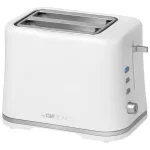Introduction:
Toaster settings can significantly impact the quality of your toasted food, transforming a simple appliance into a versatile kitchen tool. This guide delves into various toaster settings, explaining their functions, benefits, and tips for optimal use. Understanding these settings ensures you make the most of your toaster, achieving perfect results every time.
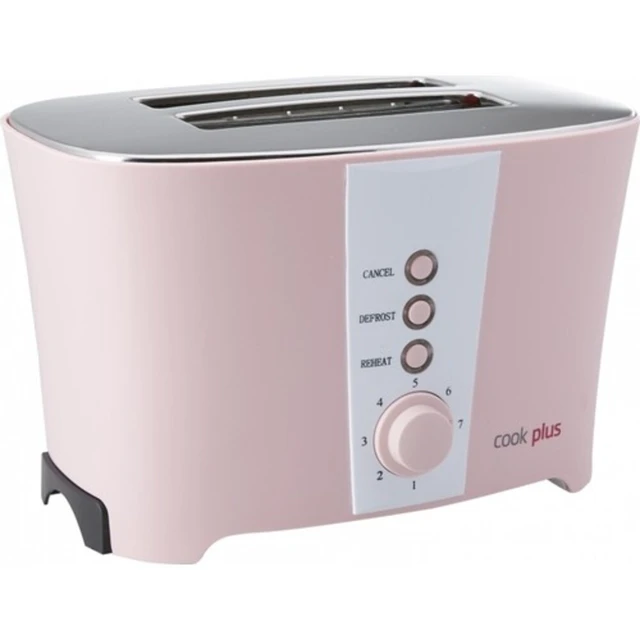
What Are Toaster Settings?
Understanding the Basics of Toaster Settings
Toasters come with multiple settings that govern how they operate and how your food turns out. Knowing the basic settings helps in making better choices for different types of items.
Browning Control: Browning control is the primary setting found in almost all toasters. It allows you to choose how light or dark you want your toast. The setting usually ranges from 1 (light) to 6 or more (dark), adjusting the toaster’s temperature and cooking time accordingly.
Temperature Settings: Some toasters feature adjustable temperature settings, allowing you to set specific temperatures for different items like bread, bagels, and pastries. This feature helps ensure that each item is toasted at the optimal temperature for its texture and moisture content.
Mode Selection: Newer models often come with mode selection settings for various types of food such as bread, bagels, waffles, and pastries. These pre-set modes are designed to adjust the cooking time and temperature automatically, delivering perfect results for each specific type of food.
Timing Settings: Built-in timers can be found in advanced toasters, which let you select the toasting duration. This feature helps achieve consistent results by setting precise cooking times for different items.
Different Types of Toaster Settings and Their Uses
Each toaster setting serves a specific purpose, tailored to different kinds of food items. Understanding these settings ensures you get the best results for each type of food.
Bagel Setting: The bagel setting typically toasts only the cut side of the bagel while warming the outside. This setting maintains a crispy interior while ensuring the exterior remains soft and chewy.
Defrost Setting: The defrost setting is ideal for frozen bread and pastries. It gently thaws the item before moving to the regular toasting phase, ensuring even heating without burning.
Reheat Setting: The reheat setting is designed to warm already toasted or cooked items without further browning or burning. This feature is great for reheating toast, pancakes, or waffles.
Crumb Tray Indicator: Some toasters come with a crumb tray indicator that alerts you when it’s time to clean out the accumulated crumbs. Regular cleaning prevents burnt odors and maintains the toaster’s performance.
Lift-and-Look: The lift-and-look feature allows you to check the progress of your toast without canceling the cycle. Simply lift the lever to inspect the toast and place it back down to continue cooking if needed.

Toaster Settings for Different Bread Types
Different types of bread require specific toaster settings to achieve the best results. Here’s how to adjust settings for various bread types.
White Bread: White bread toasts quickly at lower settings, usually between 1 and 3. It’s best to use a lower browning control to avoid burning, as white bread is less dense and toasts faster.
Whole Wheat Bread: Whole wheat bread is denser and requires a slightly higher setting, typically between 3 and 5. The increased density means it takes longer to achieve a consistent toast.
Rye Bread: Rye bread has a unique texture and density, making it ideal for medium to high browning settings (4-6). The robust texture of rye bread withstands higher heat, providing a satisfying crunch without burning.
Sourdough Bread: Sourdough bread is thicker and more robust, needing a higher setting (5-7) to achieve a perfect toast. The higher setting ensures the bread is evenly toasted without leaving the middle too soft.
Artisanal Bread: Artisanal bread often has a thicker crust and airy interior. Use a medium to high setting (4-6) to ensure the crust becomes crispy while leaving the interior soft.
Optimizing Toaster Settings for Different Pastries
Pastries require specific toaster settings to maintain their delicate textures and flavors. Here’s how to adjust settings for various pastries.
Croissants: Croissants need gentle heat to maintain their flakiness. Use a low to medium setting (1-3) to warm them without over-toasting, ensuring the butter layers remain intact.
Danishes: Danish pastries, with their layers and fillings, require a medium setting (2-4). This setting ensures the pastry is heated through but not burnt, preserving the filling’s flavor.
Pop Tarts: Pop Tarts toast well at a low to medium setting (2-4). This setting ensures the pastry warms up, and the filling becomes gooey without burning the edges.
Cinnamon Rolls: Small cinnamon rolls can be toasted using a medium setting (3-5). This setting ensures the roll is heated through, and the exterior becomes slightly crisp without burning the sugar or icing.
Breakfast Pastries: General breakfast pastries can be toasted on a medium setting (3-4). The moderate heat provides even warming and maintains the pastry’s integrity without scorching it.
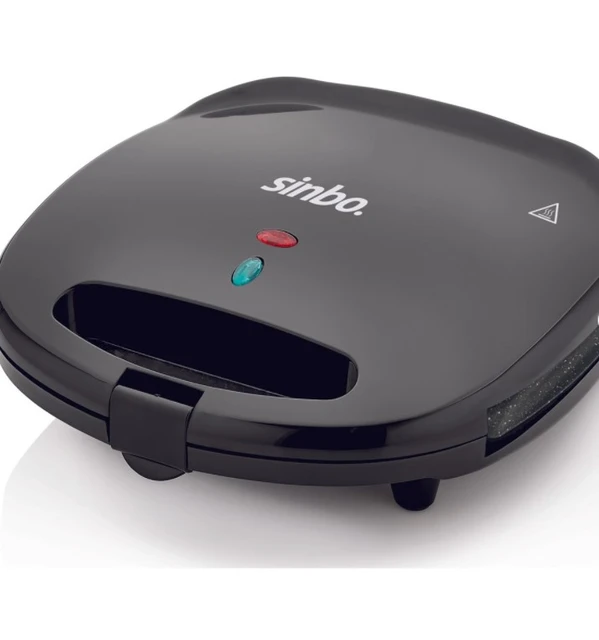
Setting Tips for Waffles and Pancakes
Achieving the perfect warmth and texture for pre-cooked waffles and pancakes in a toaster requires precise settings and techniques.
Waffles: Use a medium setting (3-5) to toast pre-cooked waffles. This ensures they become crispy on the outside while remaining soft inside. For frozen waffles, use the defrost setting first and then proceed to toast.
Pancakes: Pancakes require gentle reheating. Use a low to medium setting (2-4) to warm pre-cooked pancakes evenly. The reheat setting can also be useful to avoid excessive browning.
French Toast: French toast slices can be reheated using a medium setting (3-5). This setting helps warm the interior and crisp up the edges without burning the outer layer.
Eggo Style Waffles: Eggo or similar pre-packaged waffles toast well on a medium setting (3-4). For frozen varieties, use the defrost setting first, followed by a toasting cycle to achieve the desired crispiness.
Advanced Settings and Technologies in Modern Toasters
Modern toasters come equipped with advanced settings and technologies designed to enhance the toasting experience. Understanding these can improve your kitchen efficiency.
Digital Controls: Some toasters feature digital controls that allow precise adjustment of time and temperature settings. These controls often include LCD screens or touchpads for easy operation.
Smart Connectivity: Smart toasters can connect to your smartphone via Wi-Fi or Bluetooth, allowing you to control settings remotely. Some models even offer voice control compatibility with smart home systems.
Sensor Technology: Advanced sensors can detect the type of bread or pastry and automatically adjust the toasting settings. This technology ensures optimal results regardless of the food item.
Keep Warm Function: The keep warm function maintains the toast at an optimal temperature after the toasting cycle is complete. This setting ensures your toast remains warm without further browning.
Countdown Timers: Countdown timers provide real-time updates on the remaining toasting time. This feature helps you manage kitchen tasks effectively and ensures precision in timing.
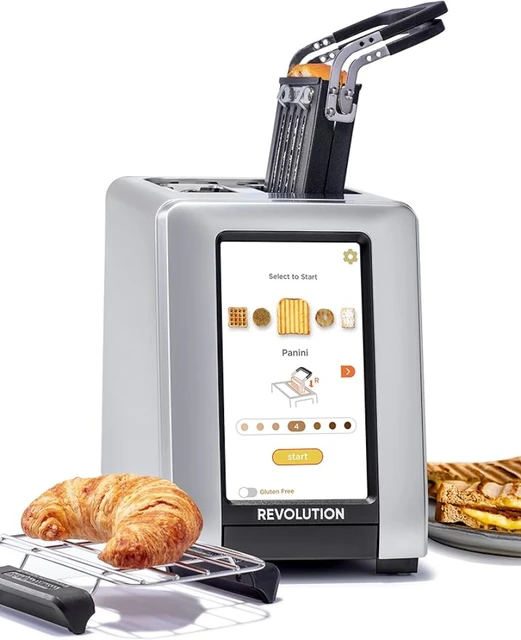
Common Mistakes and How to Avoid Them
Toasting might seem simple, but common mistakes can affect the quality of your results. Here are some tips to avoid these pitfalls.
Overloading the Toaster: Avoid placing too many slices or large items at once. Overloading can lead to uneven toasting and may compromise the toasting mechanism.
Ignoring Crumb Buildup: Regularly clean the crumb tray to prevent buildup that can cause burning and affecting the toast’s flavor. Ignoring this can lead to a fire hazard or malfunctioning toaster.
Using Incorrect Settings: Selecting the wrong settings for specific items can result in burnt or undercooked food. Familiarize yourself with the appropriate settings for different types of bread and pastries.
Neglecting Maintenance: Periodic maintenance is essential for optimal toaster performance. Clean the exterior and interior regularly and check for any signs of wear or malfunction.
Ignoring Preheating: Some advanced toasters benefit from a preheating cycle. Neglecting this step can lead to uneven toasting. Allow the toaster to heat up momentarily before placing your bread or pastries.
Environmental and Energy Efficiency Considerations
Efficiency in toaster usage not only benefits you but also the environment. Here are some ways to ensure your toasting practices are environmentally friendly.
Energy Consumption: Choose energy-efficient toasters with lower power consumption ratings. These models use less electricity, making them more environmentally friendly and cost-effective.
Eco-Mode Settings: Some modern toasters feature eco-mode settings that reduce energy usage. Utilize these settings to minimize environmental impact while maintaining effective toasting.
Recycling: Properly dispose of old or malfunctioning toasters through recycling programs. Many manufacturers offer take-back schemes for electronic appliances, ensuring responsible disposal.
Energy-Saving Tips: Unplug the toaster when not in use to save energy. This simple habit can reduce your household’s overall energy consumption.
Sustainable Practices: Opt for toasters made from sustainable materials and those with minimal packaging. Supporting eco-friendly brands encourages responsible manufacturing practices.
Proper Cleaning and Maintenance
Regular cleaning and maintenance extend the lifespan of your toaster and ensure optimal performance.
Cleaning the Crumb Tray: Empty the crumb tray regularly to prevent buildup. Remove it, empty the crumbs, and wash it with warm, soapy water. Ensure it’s thoroughly dry before replacing it.
Exterior Cleaning: Wipe down the toaster’s exterior with a damp cloth and mild detergent. Avoid using abrasive cleaners that can scratch the surface.
Interior Cleaning: Unplug the toaster before cleaning the interior. Use a soft brush or a special cleaning tool to remove crumbs and debris from the heating elements and interior surfaces.
Check for Damage: Periodically inspect the toaster for any signs of wear or damage. Look for frayed cords, broken levers, or malfunctioning settings. Address any issues promptly to ensure safe operation.
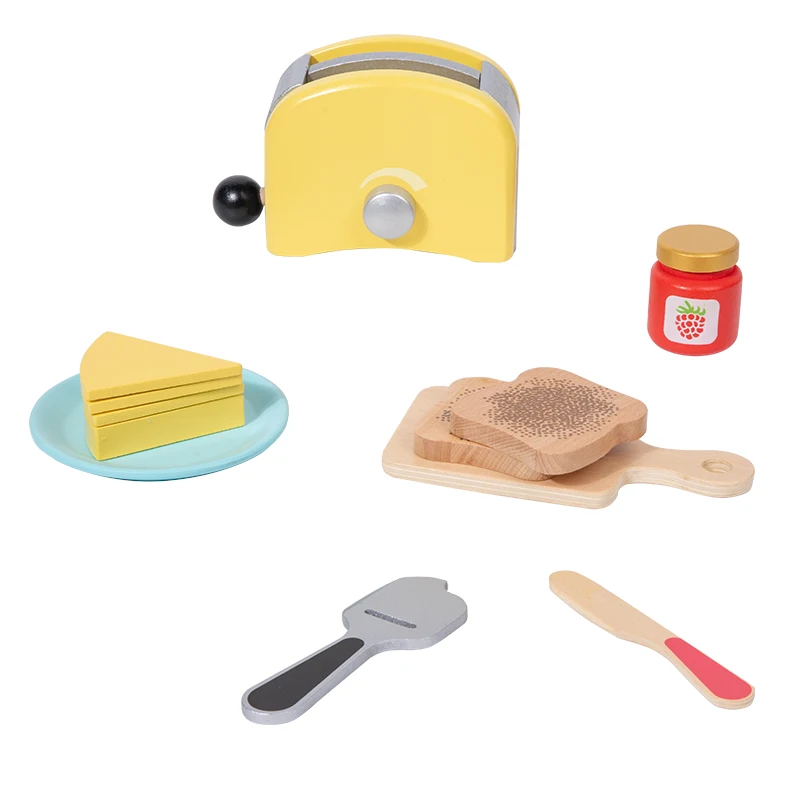
Exploring Innovations in Toaster Technology
Staying informed about the latest innovations in toaster technology can enhance your kitchen experience through improved efficiency and functionality.
Touchscreen Interfaces: Some high-end toasters now come with touchscreen interfaces for easy navigation of settings. These interfaces offer intuitive controls, making it easier to select and adjust toasting preferences.
Voice Control: Voice-controlled toasters can integrate with smart home systems like Amazon Alexa or Google Assistant. This feature allows you to control the toaster hands-free, adding convenience to your kitchen routine.
Multi-Function Toasters: Innovative multi-function toasters combine the capabilities of a toaster, oven, and air fryer in one appliance. These models offer versatility and save kitchen space.
Self-Cleaning Features: Emerging toaster models feature self-cleaning functions that simplify maintenance. These toasters often use heat or special cycles to burn off crumbs and residue.
Enhanced Safety Features: Modern toasters now include advanced safety features such as auto shut-off, cool-touch exteriors, and child locks. These enhancements ensure safer use, especially in households with children.
Expanding Your Culinary Horizons With a Toaster
Your toaster can do more than just toast bread. Exploring its full potential can transform your cooking experience.
Toasted Sandwiches: Use your toaster to make delicious toasted sandwiches. Place your sandwich in a toaster bag and toast it until the bread is crispy and the filling is warm and melted.
Homemade Croutons: Create homemade croutons by toasting seasoned bread cubes. Use a medium setting to achieve a perfect crunch that’s great for salads and soups.
Pizza Toast: Transform your toast into mini pizzas by adding tomato sauce, cheese, and toppings. Toast on a medium to high setting until the cheese is melted and bubbly.
Roasting Nuts: Use lower settings to roast nuts in your toaster. Spread the nuts in an even layer and toast them lightly, enhancing their flavor and crunch.
Reheating Baked Goods: Reheat pastries, scones, and muffins to enjoy them as if freshly baked. Use the reheat setting to warm them without over-browning.
Conclusion
Understanding and utilizing the various toaster settings allow you to make the most out of this simple yet versatile appliance. From perfecting the browning level to managing advanced features, these insights ensure you achieve your desired results every time. By exploring innovative uses, maintaining proper cleaning, and adopting environmentally friendly practices, you can maximize the efficiency and functionality of your toaster.

